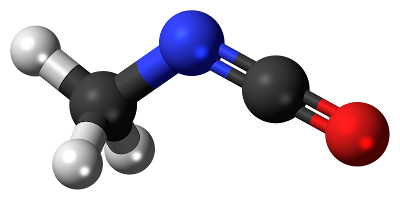Isocyanates; A Part Of Highly Reactive Low Molecular Weight Chemicals
 |
| Isocyanates |
Isocyanates are a part or the family of highly reactive and the chemicals who have very less molecular weight. They are mostly utilized in the manufacture and the production of the flexible and the rigid foams, coatings, and the fibers such as varnishes, paints and the elastomers and are extensively utilized in the automobile industry, it is also utilized as the insulating material and the autobody repair.
The products of spray-on-polyurethane comprises of the Isocyanates which have been advanced for a vast range of retail, trading and the manufacturing utilizations to secure the cement, fiberglass, wood, aluminum and steel which comprises of the protective coatings for the truck beds, foundations, trailers, decks and the boats.
Isocyanates are very strong irritants to the mucous membranes of the optics and the GI tract and the respiratory or the breathing tract. The exposure of the skin directly to the Isocyanates may also lead to inflammation. The Isocyanates are also helpful in sensitizing the workers and making them the subject to increased asthma that attacks if they are unprotected again. There are also proofs that the respiratory and the dermal contact can also cause the sensitization.
Many people face the morbidity and in some cases it leads to the morbidity of people due to the severe asthma in few sensitized subjects which have been stated. The workers with reinforcement get exposed or come in contact to the Isocyanates face enduring or reappearing irritation in the eyes, the nasal congestion and the sore or dry throat, cold symptoms, breathlessness, wheezing, cough, tightness in the chest are also those effective and hazardous symptoms which may lead to problems should be checked by the physician acknowledgement in the work associated health difficulties.
Obstruction in the exposure to Isocyanates is a major method in eradicating the health hazards. In November 2019, a US based company, Lanxess provides a new generation of low free isocyanate-urethane prepolymers that can be transformed into 3D printing resins.



Comments
Post a Comment